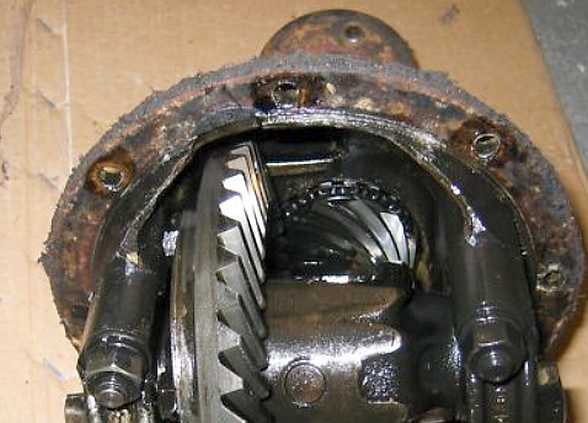I am somewhat surprised at anyone once upon a time having any difficulties getting about any dif ratio they might want, I refer to my time starting in the late 19 fifties and all of the sixties as a point of reference,
In latter part of the fifties I bought the 1955 Lotus Nine that Chapman raced at LeMans and for the rest of the season raced as a factory entry for various drivers in about every major circuit in the UK. While having a Nine body shape it for most intents was the prototype Eleven. Chapman sold the car to Doc Wylie in the US who raced quite succesfu/lly with the car through 1956 and 1957 which were years that he bought each year's LeMans cars from Colin which made the Nine redundant to his needs. It moved on to my ownership for several years of good racing including an Oran Park under 2L lap record and successes at such as Warwick Farm.
By the time I got the car it had a collection of dif rattios including 3.54, 3,87. 4.11, 4.27 and 4.55. Being raced by me in the US I did not appreciate the source of the ratios.
I brought the car to my second trip to Australia which was after I had already made a very tight relationship with Nota Engineering where I learned how easy it was to find the ratios that I had in hand. It was a simple thing to go to the nearby junk yard and ask for gears/setups from a range of Morris vehicles that Nota had experience with knowing what ratio went with which sedan/truck model.
While I inherited a mag housing for the Morris pumpkins etc anyone could easily fabricate a housing or make up a set of dies to have one cast almost anywhere in those days.
The only thing to be careful of was changing the ring and pinion in the setup. I remember the Saturday evening that I changed the ring and pinion  for the next day's racing. On completion of the task I went to load it on to the trailer only find out that I had 4 speeds in reverse and only one forward. Needless to say that in my haste and that I put the pinion on the wrong side of the ring gear.
for the next day's racing. On completion of the task I went to load it on to the trailer only find out that I had 4 speeds in reverse and only one forward. Needless to say that in my haste and that I put the pinion on the wrong side of the ring gear. 
I later found that later BMC gear sets would put up with most any torque loads of those days with equally available ratios.
Even later Hewland made almost anything available and if you did not want to pay the price you could take a VW dif up to Hewland standards.
Lee's comments from above apply for the really strong stuff where I dropped out of needs.
Regards
Edited by Joe Bosworth, 23 January 2022 - 06:41.













